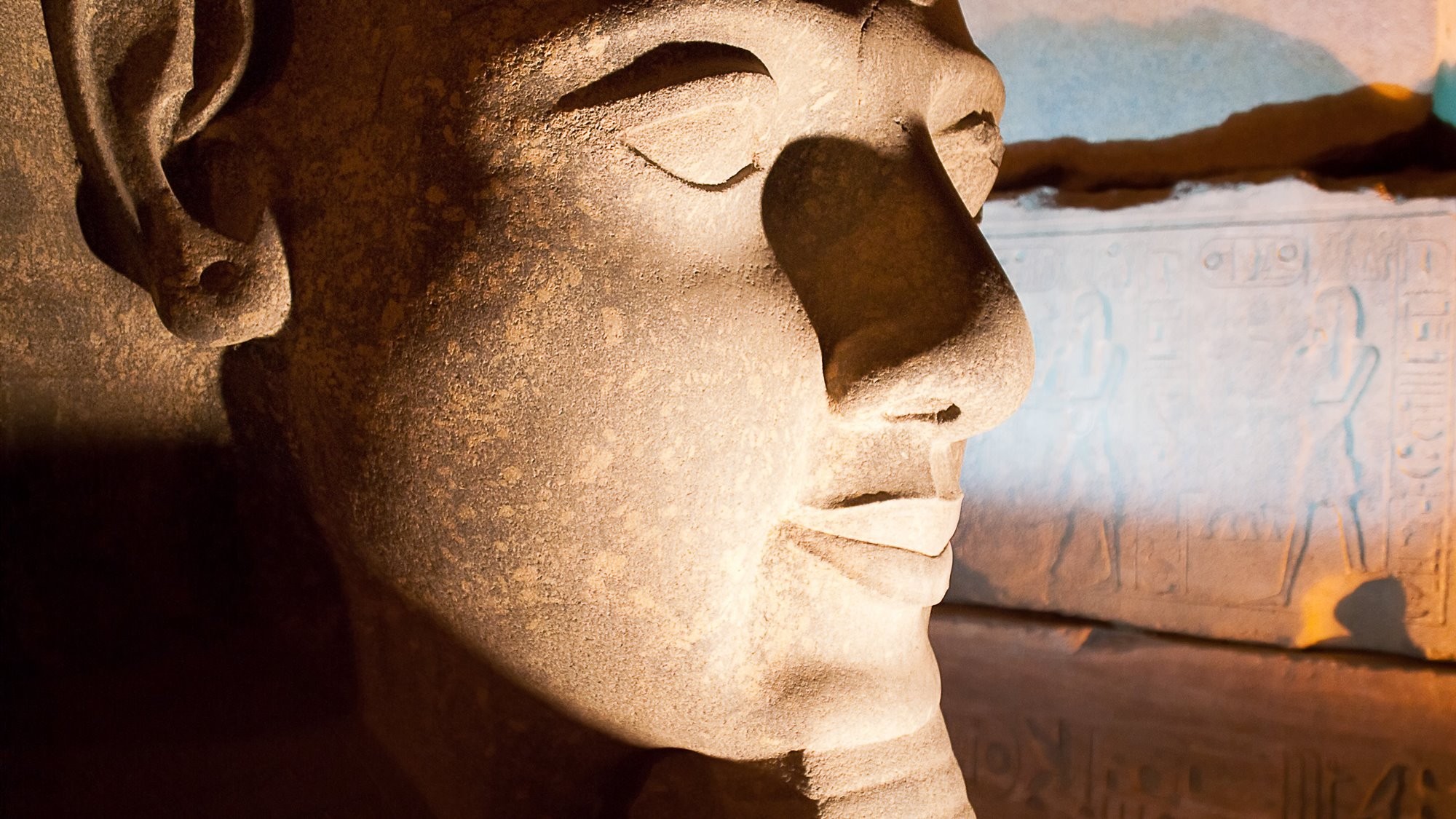Champagne-Ardenne - Historic Region of France
Champagne-Ardenne is a former region of France. With a rich Medieval heritage, most notably the magnificent Reims Cathedral, the region was well known for champagne and the many, many vineyards, but also for extensive forests and rolling hills. The region included the departments of Ardennes, Aube, Haute-Marne and Marne. With the re-ordering of the administrative regions at the end of 2015, from 2016 Champagne-Ardenne was combined with Alsace and Lorraine to form the region now known as Grand Est.



